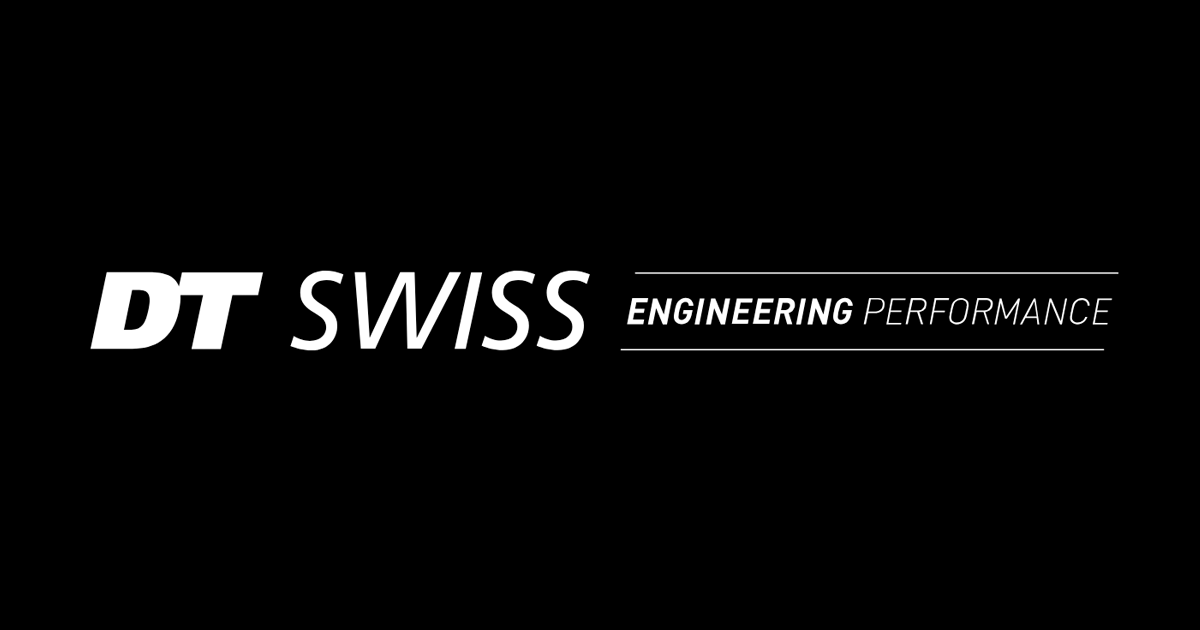Started riding this past summer on my brother in laws early 90s Specialized Allez Sport. Rode about 300 miles with the wife on her CAAD10. Absolutely in love with the sport but that bike was old and needed a bunch of work. It was too large and the geometry hurt. I finally bought a Creo SL 1.0. I'm 52, 5'10" (170cm) 270lb (123kg). The DT RT470 Boost wheels state max weight is 260lb! I'm generally concerned with structural integrity. Have just a few 40 mile rides so far on the Creo and no issues. The smaller frame and endurance geometry is amazing and a pleasure over the 58cm Allez I had. Seems not a lot of carbon wheels fit these hubs? One that does is the HGC 1400 Hybrid Spline 700c Very $$$! I am working on healthier living, more riding (just bought winter gear!) would love a computer and working on weight loss. But overall.. is structural integrity an issue or are these bikes over-engineered to tolerate over limits on weight?
You are using an out of date browser. It may not display this or other websites correctly.
You should upgrade or use an alternative browser.
You should upgrade or use an alternative browser.
Novice Clydesdale rider; big time wheel question regarding weight
- Thread starter Ethernaut
- Start date
Stefan Mikes
Gravel e-biker
- Region
- Europe
- City
- Mazovia, PL
I used to weigh 107 kg (236 lbs) in the beginning of my e-bike adventure, currently it is 96 kg (211 lb) fully clad. My Vado 5.0 used to weigh 24 kg (53 lb). I was heavily loading the rear rack. After the conversion of Vado 5.0 to Vado 6.0, the e-bike weight increased to 26.4 kg (58 lb). At times, my Vado as the system with the rider and cargo weighed over 136 kg (300 lbs), which was the structural weight limit.But overall.. is structural integrity an issue or are these bikes over-engineered to tolerate over limits on weight?
Guess what? After more than 3 years of riding, the rear wheel gave up. It got bent beyond any chance of the repair. I had to design a new rear wheel (ASME class 4, 150 kg structural limit of the rim, 32 spokes, and DT Swiss DT350 hub), I bought the parts, and ordered to build the wheel at the LBS. It cost me a lot.
The structural weight limits are not a myth!
I think the most important aspect of the mfg weight limit would be warranty coverage. I can easily imagine a much lighter rider than you trashing those wheels under extreme conditions. At the other end, I wouldn't be surprised if a heavier rider has no issues on smooth pavements. The gotcha is the unseen pothole, other obstruction or "spirited" riding causing some wheel damage. Earlier I had a Trek Domane SLR with carbon wheels that developed cracks after a year or so of "normal jra" road riding. I'm well below the 300 lb weight limit I think the bike had and the wheel was replaced by Trek - but there were no questions asked. Not sure how Specialized or any other mfg would enforce weight limit/warranty claims. Most expensive carbon wheels come with pretty good warranties and it'd be worth asking up front if your weight would matter if you have to make a claim later.
Having said that, weight limit specifications by the same mfg for different wheelsets does have some value. Eg DT Swiss wheels have both "regular" wheels and e-bike specific wheels with the ebike wheels having higher weight limits. Speculation on my part but I'd also assume a wheel intended for mtb usage would take into account the rougher condtions than a wheel intended for road use. So if a mtb wheel and a road wheel are both rated 270 lbs by the same mfg, I'd think the mtb wheel would be stronger.
Having said that, weight limit specifications by the same mfg for different wheelsets does have some value. Eg DT Swiss wheels have both "regular" wheels and e-bike specific wheels with the ebike wheels having higher weight limits. Speculation on my part but I'd also assume a wheel intended for mtb usage would take into account the rougher condtions than a wheel intended for road use. So if a mtb wheel and a road wheel are both rated 270 lbs by the same mfg, I'd think the mtb wheel would be stronger.
Stefan Mikes
Gravel e-biker
- Region
- Europe
- City
- Mazovia, PL
The strength of a wheel depends on several factors. For example the 180 kg rated rim can be weaker than a 150 kg one if the latter one is ASME Class 4 and the former is ASME Class 2. The number of spokes is very important: 24 or 28 or 32 or 36 (the strongest). Now, the hub has to transfer the enormous torque of the rider leg power plus the motor power. It is not that the thickest spokes must be the strongest, and so on.. So if a mtb wheel and a road wheel are both rated 270 lbs by the same mfg, I'd think the mtb wheel would be stronger.
It is taught at the DT Swiss dealer training: "The wheel is an entity that depends on the interaction of all its components".
It is taught at the DT Swiss dealer training: "The wheel is an entity that depends on the interaction of all its components".
Stephan is right, and you may benefit from talking to an experienced wheel builder about your needs.
I have an athletic friend who is very much a clydsdale - similar numbers but all muscle. He snaps spokes / destroys hubs at an alarming rate , but rarely has issues with rims. The torque he puts out of his legs would make a full power ebike seem feeble . Then he goes mtb riding....
My son is only 90 ish kg, but moves like a kangaroo . I can't keep up with him on the climbs despite having an ebike, down hill he waits at the bottom.....He also chews through wheels , but mostly spokes and rums - the side forces he punches through those wheels in corners are amazing!
If that weight max is each, just avoid wheelies.The DT RT470 Boost wheels state max weight is 260lb!
Interesting and useful feedback... obviously need to lose the lbs (kgs) however... in the meantime I don't want to sweat bullets on the stock wheelset collapsing on a rig carrying 30+lb over the structural limit! I was under the impression that a carbon wheelset (I know the Bontrager version) has NO weight limit and still allows the warranty! Would I be better served to swap into a carbon wheelset now?
Stefan Mikes
Gravel e-biker
- Region
- Europe
- City
- Mazovia, PL
No, carbon wheels have lower weight limit compared to alloy, and typically have less spokes.
Stefan Mikes
Gravel e-biker
- Region
- Europe
- City
- Mazovia, PL
No, it is for the total system weight.If that weight max is each, just avoid wheelies.
Allan47.7339
Well-Known Member
It is for the total system weight (and at an assumed dynamic usage). If you are near or slightly over the published weight limit you are riding at your own risk so I try to keep it to Category 1 riding. Don't push your luck with the dynamic loads by hiting sharp bumps with any speed. Also evaluate some of the components besides wheels like the carbon seat posts and handlebars on some versions and maybe substitute some parts.No, it is for the total system weight.
From DT Swiss page:
"ASTM F2043 Category 2 represents the use of DT Swiss components under the conditions of category 1 as well as on mostly paved and partly unpaved surfaces with a slight gradient. The tires may briefly lose contact with the ground when riding over drops up to 15 cm high."
The 2020-2023 Creo Appendix A supplement from the Specialized support site gives a little more information. I notice for the 2024 Creo 2 it's just a simple published number in the "2024 Creo User Manual" and they really want you to ride the Creo 2 as a Condition 1 bicycle even though it's a Condition 2. The ASTM F2043 standard costs 55 USD to download for three pages so it's easier to just take the manufacturer's interpretation.
Links:
2020-2023 Turbo Creo SL
 support.specialized.com
support.specialized.com

astm-classification | DT Swiss
www.dtswiss.com